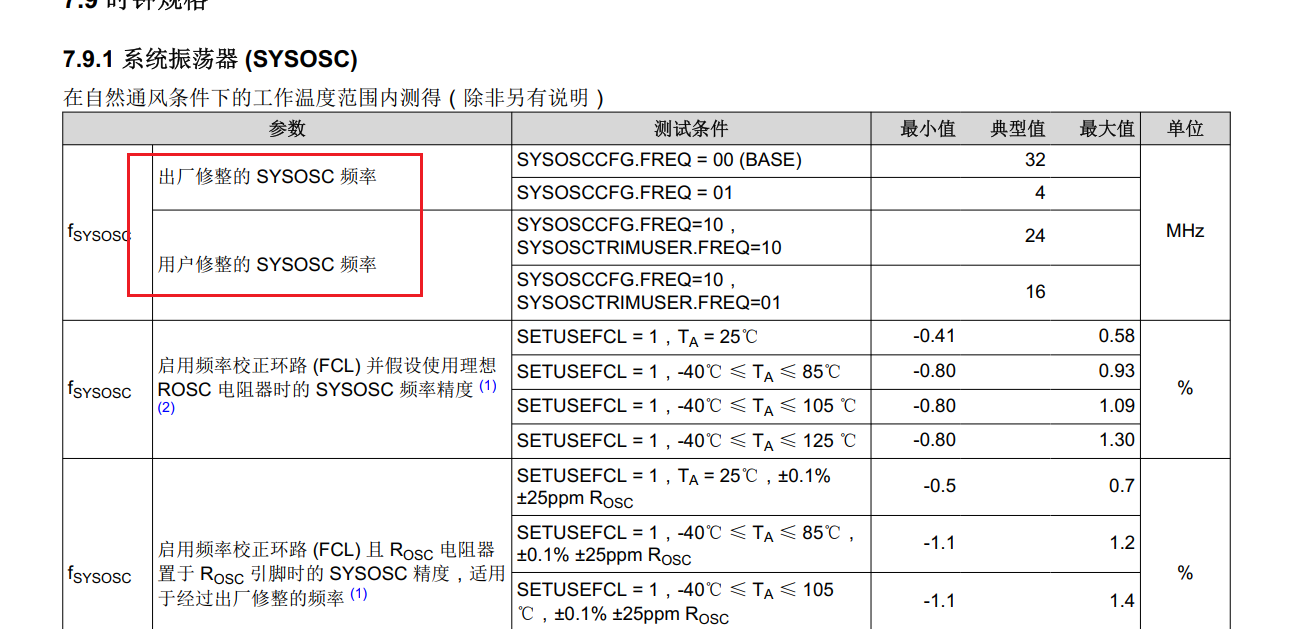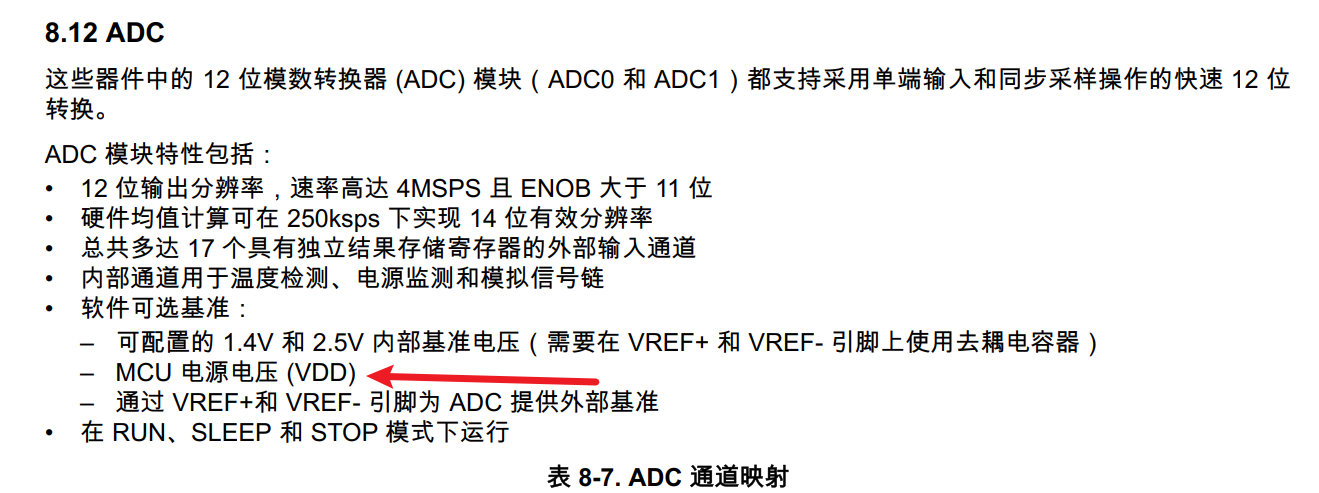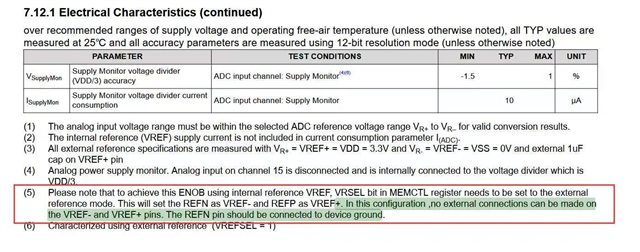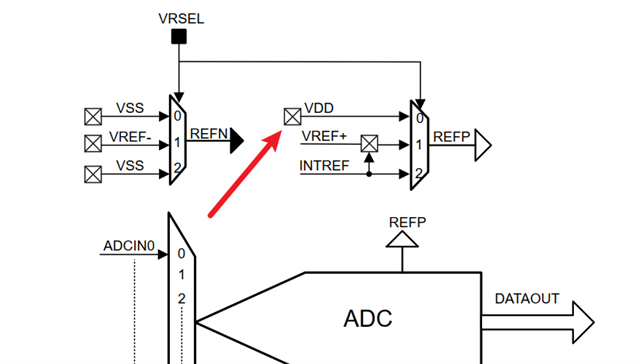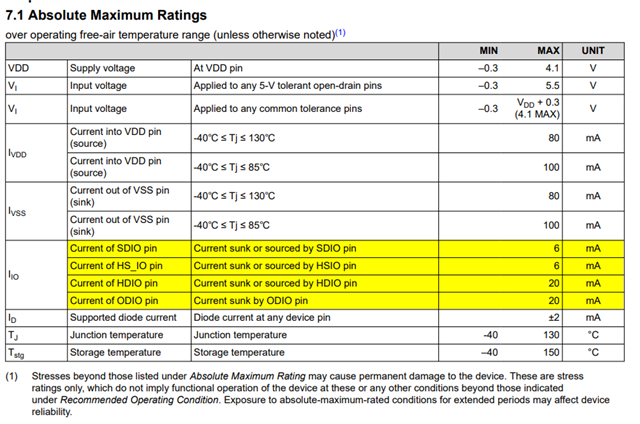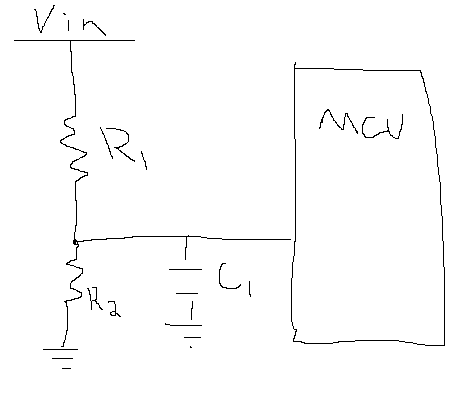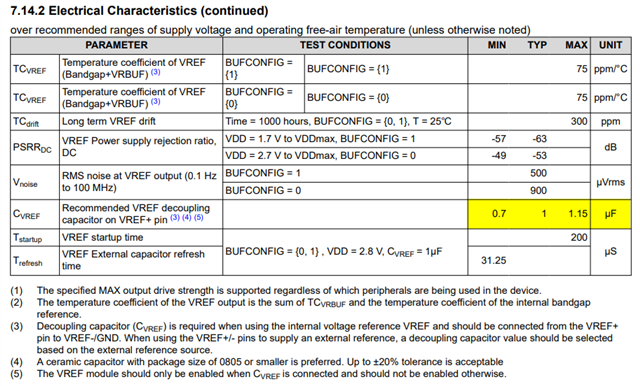Tool/software:
I would like to ask if only those with the note "Standard configuration with wake-up function" support low-power wake-up. I have checked the "MSPM0 G Series 80MHz Microcontroller Technical Reference Manual" document, and it does not clearly state whether all GPIOs or specific GPIO ports support it.



